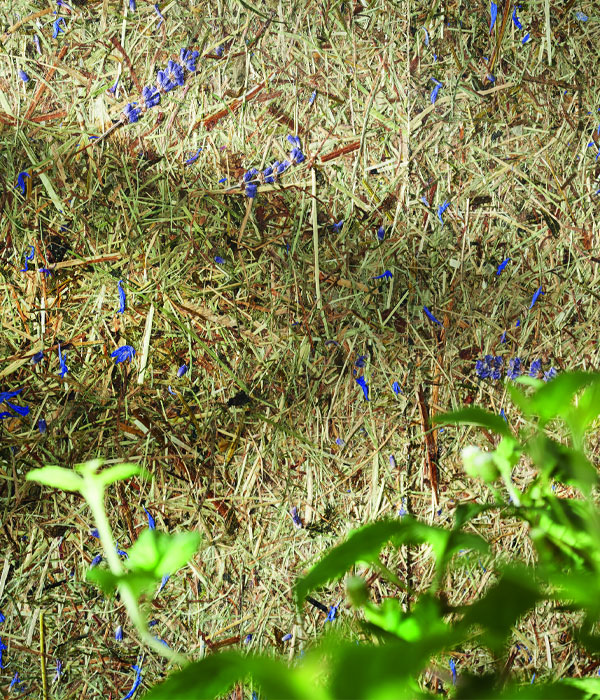In environmentally conscious design, material choices are increasingly important, including for laminates. The identification of eco-laminates is not just based on marketing slogans, but on concrete certifications, the origin of raw materials and a life-cycle analysis of the product. In this guide, we go through how you can ensure that the laminate material you choose is a truly responsible choice for your design project.
What does environmentally friendly laminate mean?
Environmentally friendly laminates are manufactured with attention to the renewability, recyclability, low emissions and sustainability of the materials. They can be used as coatings for furniture, wall surfaces, worktops or other interior elements that combine aesthetics and functionality with environmental responsibility.
The core material of an ecological laminate is often wood-based and from sustainably managed forests. For melamine resins, adhesives and any other binders, low-emission, formaldehyde-free alternatives are sought.
Certificates: the designer's most important tool
Reliable environmental certification is the most effective way to ensure the sustainability of laminates. The most important certifications are:
- FSC® (Forest Stewardship Council)
Guarantees that the wood used in the laminate comes from responsibly managed forests that respect biodiversity and workers' rights. - PEFC™ (Programme for the Endorsement of Forest Certification)
It emphasises local and family-owned forestry in particular and is common in many European laminations. - EU Ecolabel (EU environmental label)
Recognition for products that meet stringent requirements from raw materials to production and recycling - including, for example, energy efficiency and minimising emissions. - Swan label (Nordic Swan Ecolabel)
Nordic certification that takes into account the environmental impact of the product throughout its life cycle, including chemical use, emissions and recyclability. - M1 emission classification (indoor air cleanliness)
Particularly important if the laminate is installed indoors. M1 certification ensures that only very small amounts of VOCs are emitted from the material.
How can I avoid greenwashing?
A truly ecological laminate can be identified by the transparency of the manufacturer. For example, a responsible supplier will openly tell you:
- where the raw materials come from
- what percentage of the material is recycled or renewable
- what adhesives and binders are used
- which certificates the laminate has and what they mean
Avoid products that claim to be "green" without further explanation. Ask for concrete figures, ask for documentation of certifications and find out the VOC emission values of materials. Remember: just having "eco" in the product name does not make a laminate responsible.
Designer's checklist: choosing an ecological laminate
To ensure that the laminate you choose supports sustainable development, consider the following factors:
Certificates - Make sure the product has at least one recognised eco-label: FSC, PEFC, EU Ecolabel, Swan or M1.
Origin of raw materials - Ask where the wood comes from and what percentage of the material is renewable or recycled.
VOC emissions - Choose low-emission and formaldehyde-free products, especially for indoor use.
Life cycle thinking - Consider the environmental impact of laminate from manufacturing to recycling.
Delivery time and logistics - In particular, take into account longer delivery times for made-to-measure products such as solid laminates when planning your project.
Transparency - Choose a supplier that transparently provides documentation and technical data to support environmental claims.
Eco-friendly laminate is not only aesthetically pleasing or technically high-quality, it is also responsibly manufactured. By knowing the different certifications, asking the right questions about raw materials and looking at products holistically, you can choose laminate solutions that support sustainable development.
As a designer, you can have a significant impact on the environmental impact of your project. By choosing ecological laminates and combining them with careful design, you create long-lasting, healthy and responsible spaces where both people and the environment can thrive.
At Lorella, we help you choose responsible laminates
At Lore, we understand that every design project is unique, and so is its environmental impact. That's why we offer a wide range of high-quality laminate surfaces that meet the most stringent sustainability standards. Our range includes a number of options that are certified with FSC, PEFC, EU Ecolabel and more.
We'll help you find the right laminate for your needs, whether it's for furniture, walls, worktops or other surfaces. We offer expert support on material selection, delivery times, surface texture options and environmental documentation.
When you want to make your design truly sustainable without compromising on looks or quality, Lore is the right partner. Contact us! Together, let's build spaces that stand the test of time and respect the environment.

